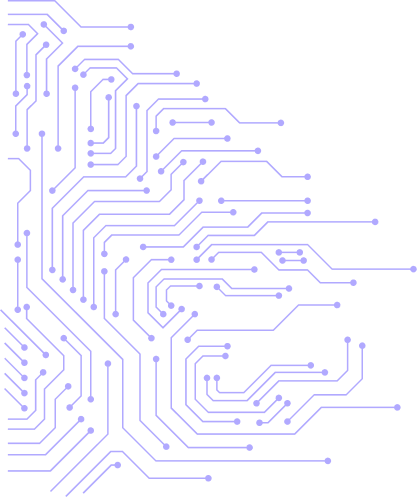Motion Planning and Kinematics in Robotics: Inverse Kinematics and Trajectory Optimization
Efficient robotic motion relies on kinematics and motion planning algorithms. In industrial and humanoid robotics, two fundamental types of kinematics are considered:
Forward Kinematics (FK): Determines the position of the end-effector based on joint angles
.
Inverse Kinematics (IK): Computes the necessary joint angles to reach a desired end-effector position.
Solving IK problems is computationally intensive and often requires numerical methods such as Jacobian Inversion, Cyclic Coordinate Descent (CCD), and Particle Swarm Optimization (PSO).
For trajectory optimization, Rapidly-exploring Random Trees (RRTs) and A Pathfinding Algorithm* help generate smooth, collision-free movement in robotic arms and autonomous vehicles. In real-world scenarios, Model Predictive Control (MPC) ensures optimal motion execution by continuously adjusting trajectories based on sensory feedback.
Practical applications include robotic welding arms, automated pick-and-place robots, and self-balancing humanoid robots.


